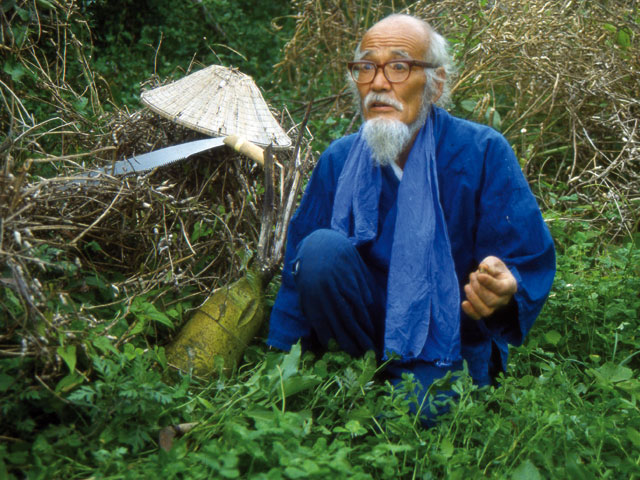In 1975 in a small village on the Japanese hills a man started the so-called One-Straw Revolution. Masanobu Fukuoka was a farmer and a philosopher, and understood that nature does not need any human input to provide fruits and vegetables to the mankind. Fukuoka discovered the true natural way of farming, letting to the nature all the job. Indeed, his tecnique is referred to as the do-nothing farming, indicating the lack of manufactured inputs, such as chimica, or other instruments.

The Fukuoka method starts from the local environment, which should attentlively observed and studied to understand what does the land demand and what it can offer. The five pillars of the natural farming can be summerized as follow:
- No tillage
- No fertiliser
- No pesticides or herbicides
- No weeding
- No pruning
In his experiment Fukuoka obtained per hectare the same harvest as other traditional farms in Japan. Moreover, his natural system prevents water pollution, biodiversity loss and soil erosion.
However, Fukuoka tecnique is hard to be adapted. In Europe, thanks to the Spanish agronomist, Emilia Hazelip (1938-2003), who studied in depth, and applied, the principles of Permaculture, it was possible to replicate the results Fukoka obatained in Japan.
If it still can be seen as an utopia to use the natural farming principles on a vast scale, on smaller size of land it is proven that is a mechanisms that can provide food while leaving the soil untouched.
If you look for some other information just google it, and if you are in Rimini you can visit a real experience of a synergic garden at the urban garden of Casa Madiba Network.



